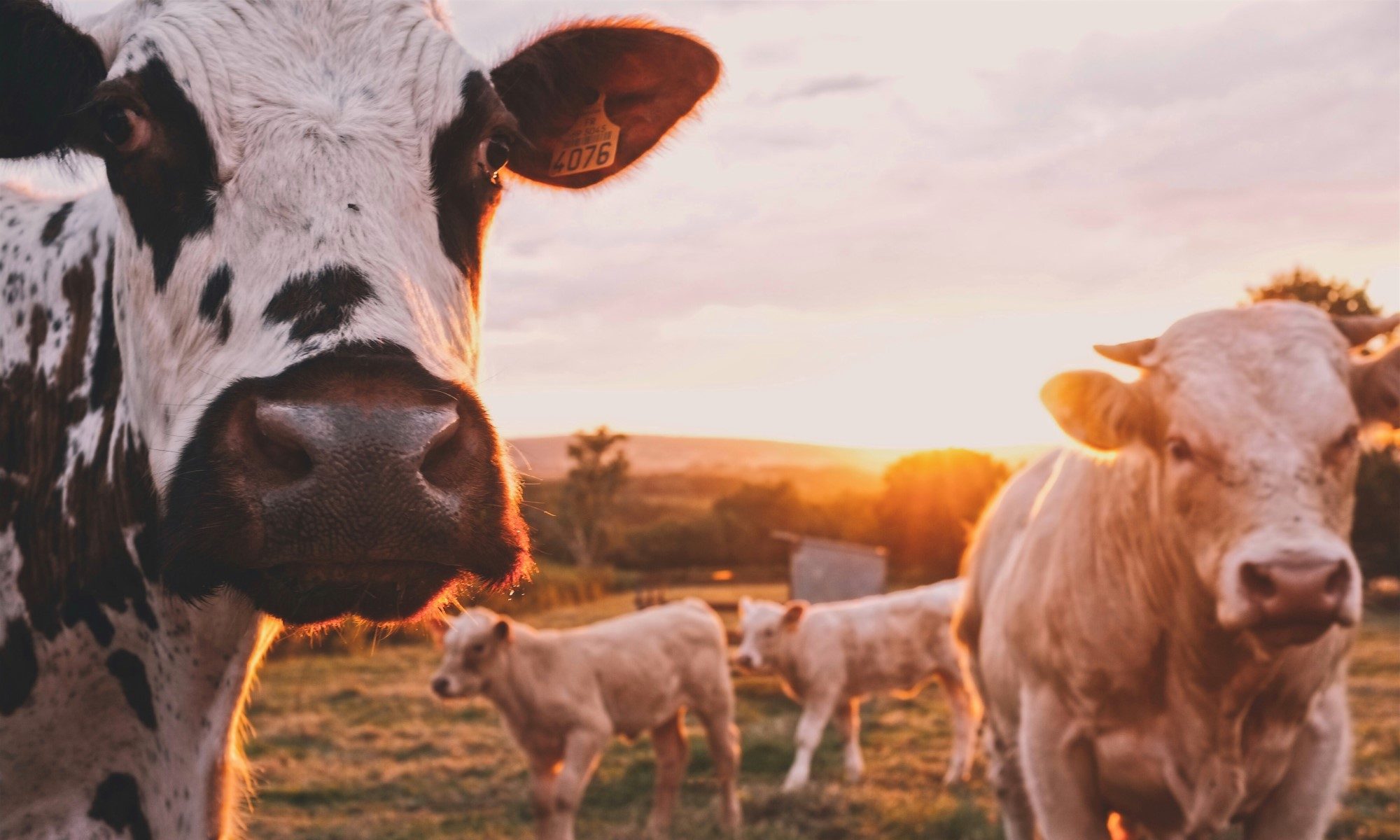Keeping turf grass looking its best requires the careful use of turf irrigation systems to achieve the perfect level of hydration.
It involves answering three notable “how” questions that apply to all irrigation and which turf irrigation system services use to calculate watering, those being how, how much, and how often.
By understanding the answer to these three essential questions, anyone can use their turf irrigation products to maintain beautiful, lush, green turf and lawn areas.
How Should Irrigation Be Done?
How should turf be irrigated?
This depends, as do all the other decisions to be made about irrigating turf, on the soil and its water-holding capabilities.
Primarily, turf should be watered using turf irrigation products that can deliver the water as fast as the soil can absorb it based on its molecular makeup, compaction, and other factors.
An irrigation system that can deliver water this quickly when necessary and then adjust to slow delivery when not is the most versatile one to use.
How Much Water Is Needed?
How much water should be applied?
This again depends on the water-holding capacity, composition, and compaction of the soil.
Turf irrigation systems should be run until the soil is no longer soaking it up, an interval that can change depending on the current moisture level in the soil.
Weather conditions, compaction, root systems, and many other variables can result in a fluctuating need.
Turf irrigation system services find that these variables can all be more easily handled with systems that sense moisture levels and can predict when more or less irrigation is required.
How Often Should Water Be Applied?
How often should turf irrigation systems be run?
This variable depends on not only the soil qualities mentioned above but also additional ones such as the type of grass and the type of turf irrigation products being used.
Watering too often, yet not deeply enough is associated with the growth of shallow roots and turf that is easily susceptible to drought and other damage.
Instead longer, deeper, and less frequent waterings that saturate beyond the top two inches of soil are more beneficial and ultimately use less water.
Let's Put This All Together
How can all of this be achieved to ensure a thick, healthy turf with strong roots?
Traveling turf irrigation systems that provide even application and can be programmed based on current climate and soil conditions make this possible.
To learn more about which turf irrigation products are most recommended for irrigating large areas of lawn and turf, contact a reputable dealer of irrigation systems that can help in the selection of the right one.
